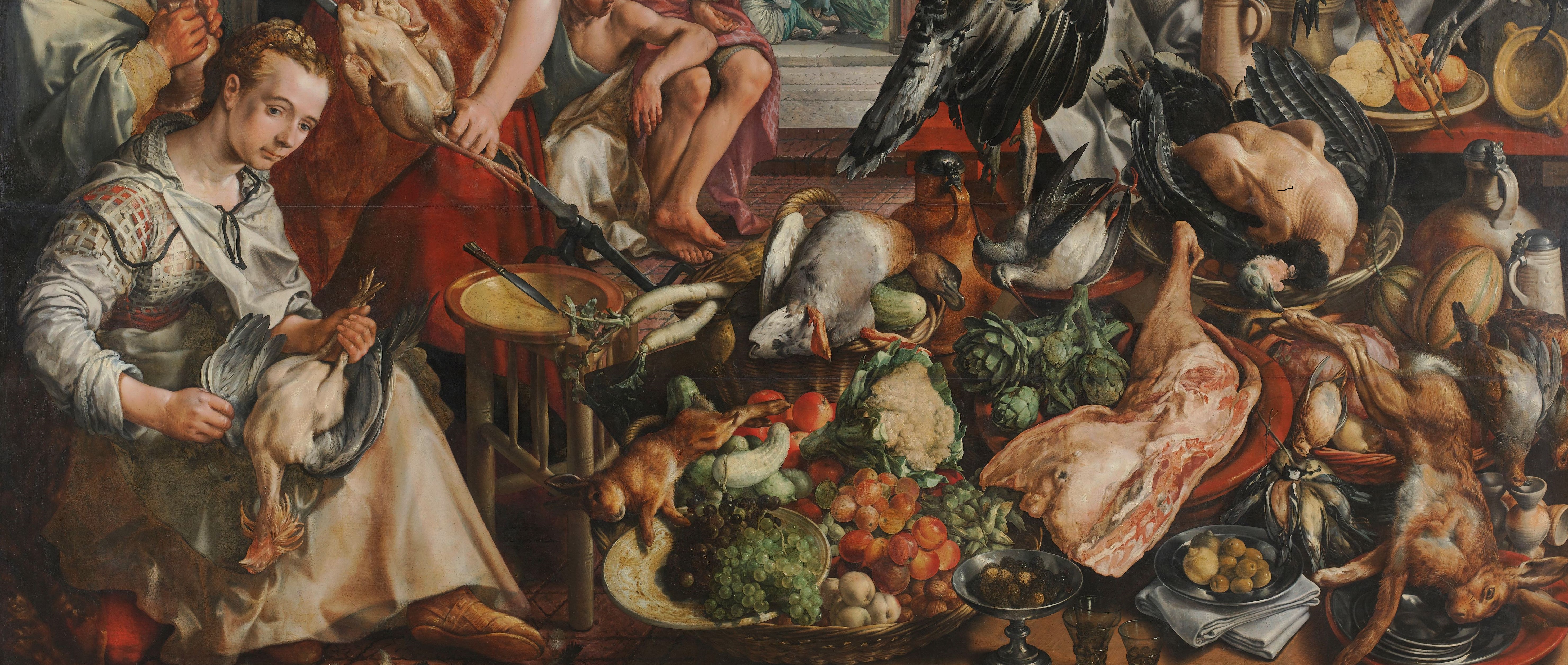
I have been catching up on Season 2 of Versailles on BBC Iplayer. (Spoiler to follow if you haven’t watched it yet). In the season opener Madame De Reynaud claims to have procured powder of Satyrion to enhance her marriage. Satyrion was a very well known aphrodisiac in the seventeenth century. It worked based on the ‘doctrine of signatures’, which suggested that the qualities of a plant (or other substance) was revealed by its external form. In this case phallic shaped plants and vegetables could enhance the sexual organs and improve sexual prowess. Several plants were thought to work in this way including carrots and parsnips, but the most widely written about was Satyrion.
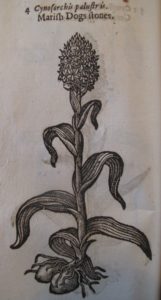 This plant was a type of orchis. Many of the varieties were named, in both Latin and English, after their resemblance to the male genitalia: dogs stones (testiculos caninos), fools stones (testiculos morionis), fox stones (Testiculos vulpinos).1 In his work on curing illness through the doctrine of signatures Richard Bunworth only mentioned one aphrodisiac: ‘The Roots of Satyrion, or Doggs-stones, represent the Testicles in figure, and are famous for their extimulation to venery.’2 Most attributed its qualities to its erect fleshy stem and bulbous roots covered in small hairs resembling as this image shows an erect penis. several authors noted that the firm roots or full and sappy roots were better for this purpose than those that were loose, soft or spongy.
This plant was a type of orchis. Many of the varieties were named, in both Latin and English, after their resemblance to the male genitalia: dogs stones (testiculos caninos), fools stones (testiculos morionis), fox stones (Testiculos vulpinos).1 In his work on curing illness through the doctrine of signatures Richard Bunworth only mentioned one aphrodisiac: ‘The Roots of Satyrion, or Doggs-stones, represent the Testicles in figure, and are famous for their extimulation to venery.’2 Most attributed its qualities to its erect fleshy stem and bulbous roots covered in small hairs resembling as this image shows an erect penis. several authors noted that the firm roots or full and sappy roots were better for this purpose than those that were loose, soft or spongy.
Satyrion also appeared in erotic literature. In The Practical Part of Love (1660), a salacious text detailing the extravagant and lascivious life of a prostitute and her daughter, the author suggested that by employing this root a person could reignite an ‘almost extinguished and decayed lechery.’3
This plant’s reputation was also enduring; writers in the late seventeenth and eighteenth centuries continued to describe it as an aphrodisiac. Theophile Bonet suggested that it acted to provoke lust because it was ‘slippery and frothy’ like the character of seed.4
You can find out more about satyrion and other aphrodisiacs in my book
________________
1 Parkinson, Theatrum botanicum, 1343.
2 Bunworth, Homotropia naturae, 48.
3 Anonymous, The practical part of love extracted out of the extravagant and lascivious life of a fair but subtle female (London, 1660), 51. The daughter of the prostitute uses satyrion and eryngo root to renew her failing nature while on a walk through a ‘Garden of Vertueous Plants.’
4 Bonet, Mercurius compitalitius, 694.

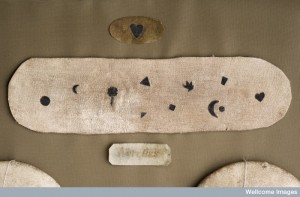
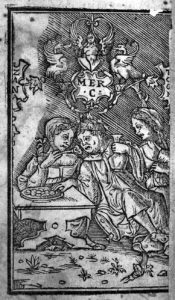
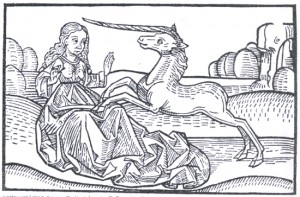
One thought on “Satisfying Satyrion”
Comments are closed.